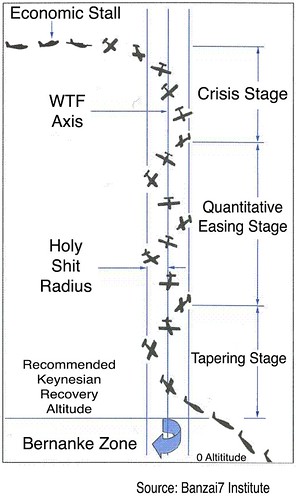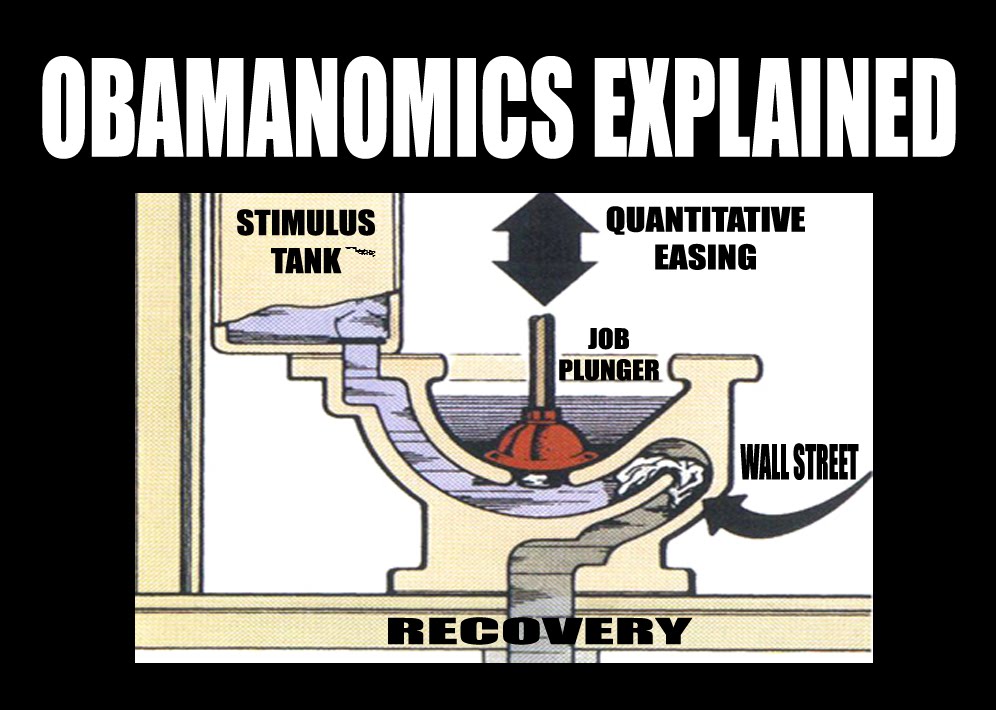95 Chinese companies make Fortune Global 500
A total of 95 Chinese companies are named in the newly released Fortune Global 500 list, marking the 10th consecutive year-on-year increase with 16 more entries than last year, according to a list published by Fortune magazine Monday.
Among the 95 Chinese companies, 89 are from the mainland and Hong Kong while the rest are from Taiwan, according to the Fortune Global 500, an annual list ranking the world's largest corporations in terms of revenue.
The number of Chinese companies on the list is second only to the US, which has 132 entries. The total revenue of the 95 Chinese companies amounted to $5.2 trillion last year, accounting for 17 percent of the total revenue generated by the 500 companies, according to the US magazine.
There are also 18 Chinese companies making a debut on this year's list, including BAIC Group, China Minsheng Banking Corp and Shanxi Coking Coal Group.
The number of Chinese companies on the list could reach 110 by 2014, and China might catch up with the US and become the country with the most listed companies by 2015, L. Michael Cacace, a senior editor at Fortune, predicted in an article published Monday on fortunechina.com.
china
4 Sinopec Group 428.2 8.2
5 China National Petroleum 408.6 18.2
7 State Grid 298.4 12.3
29 Industrial & Commercial Bank of China 133.6 37.8
50 China Construction Bank 113.4 30.6
64 Agricultural Bank of China 103.5 23.0
70 Bank of China 98.4 22.1
71 China Mobile Communications 96.9 11.9
76 Noble Group 94.0 0.5
80 China State Construction Engineering 90.6 1.3
93 China National Offshore Oil 83.5 7.7
100 China Railway Construction 77.2 0.8
102 China Railway Group 76.7 1.2
103 SAIC Motor 76.2 3.3
111 China Life Insurance 73.7 -1.7
119 Sinochem Group 71.8 0.8
134 China Southern Power Grid 66.7 1.0
141 China FAW Group 64.9 2.6
146 Dongfeng Motor Group 61.7 1.3
161 China North Industries Group 58.0 0.7
172 CITIC Group 55.4 4.8
178 Shenhua Group 54.5 6.2
181 Ping An Insurance 53.8 3.2
182 China Telecommunications 53.4 1.1
187 China Resources National 52.4 1.9
192 China Minmetals 51.8 0.7
196 China Post Group 50.9 4.1
209 China South Industries Group 48.0 0.2
212 Aviation Industry Corp. of China 47.4 1.0
213 China Communications Construction 47.3 1.2
222 Baosteel Group 45.7 0.9
231 China Huaneng Group 44.3 0.1
243 Bank of Communications 43.1 9.3
256 People's Insurance Co. of China 40.8 1.1
258 China United Network Communications 40.6 0.4
266 Jardine Matheson 39.6 1.7
269 HeBei Iron & Steel Group 39.3 -0.2
273 Aluminum Corp. of China 38.8 -0.8
277 China National Aviation Fuel Group 38.4 0.1
292 China Railway Materials 37.2 0.1
299 China Guodian 36.8 0.2
302 China Metallurgical Group 36.8 -0.8
311 Jizhong Energy Group 35.3 0.1
315 Huawei Investment & Holding 34.9 2.4
318 Jiangsu Shagang Group 34.6 0.1
319 China National Building Materials Group 34.5 0.5
322 Shougang Group 34.3 0.1
326 Sinomach 34.0 0.7
328 Wuhan Iron & Steel 33.9 0.0
329 Lenovo Group 33.9 0.6
336 Beijing Automotive Group 33.4 1.1
343 Tewoo Group 32.9 0.1
354 Power China 32.0 0.7
355 ChemChina 32.0 -0.2
357 COFCO 31.8 0.6
359 Greenland Holding Group 31.7 1.2
363 Hutchison Whampoa 31.3 3.4
364 Zhejiang Materials Industry Group 31.2 0.0
373 Shandong Energy Group 30.7 0.9
376 China Datang 30.4 -0.1
387 Amer International Group 29.6 0.6
388 Shandong Weiqiao Pioneering Group 29.6 1.1
389 China Huadian 29.3 0.5
390 Shanxi Coal Transportation & Sales Group 29.3 0.0
395 China Electronics 29.0 0.2
401 China Ocean Shipping 28.7 -0.4
403 Shanxi Coking Coal Group 28.6 0.0
404 Henan Coal & Chemical 28.6 -0.4
406 Xinxing Cathay International Group 28.6 0.3
407 Yangquan Coal Industry Group 28.6 0.0
408 China Power Investment 28.6 0.2
411 China Minsheng Banking Corp. 28.4 6.0
412 China Merchants Bank 28.0 7.2
414 Jiangxi Copper 27.9 0.3
415 Kailuan Group 27.8 0.1
417 China Shipbuilding Industry 27.8 1.0
428 Industrial Bank 27.2 5.5
429 China Pacific Insurance (Group) 27.2 0.8
430 Shanxi LuAn Mining Group 27.1 0.0
432 Datong Coal Mine Group 27.0 -0.1
435 Shanxi Jincheng Anthracite Coal Mining Group 26.8 0.3
446 Sinopharm 26.2 0.3
460 Shanghai Pudong Development Bank 25.4 5.4
464 Shaanxi Yanchang Petroleum (Group) 25.3 2.4
466 Bailian Group 25.2 0.1
477 Zhejiang Geely Holding Group 24.6 0.1
482 China Nonferrous Metal Mining (Group) 24.1 0.1
483 Guangzhou Automobile Industry Group 24.1 0.1
493 Ansteel Group 23.6 -1.6
{deleted}


